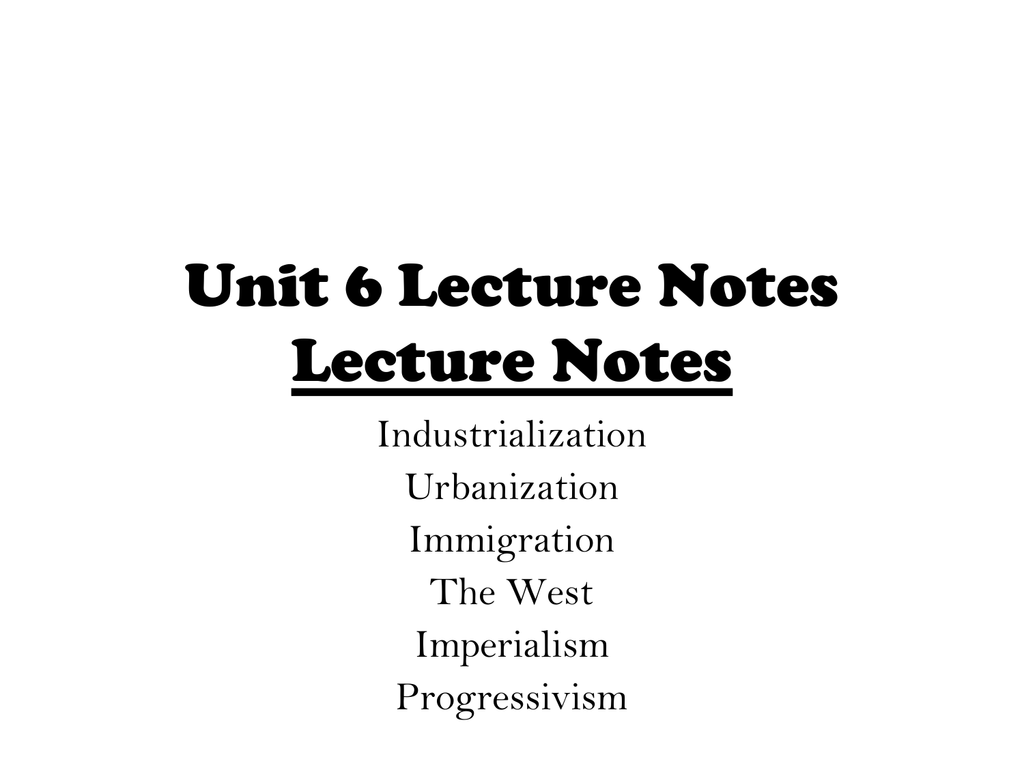Big business firms were institutions that used management to control economic activity. Big business firms broke themselves into different functions, or 'departments,' and used managers to coordinate the work of departments, and 'middle managers' to coordinate work among departments. Railroads were the first 'big businesses' in the United States. STANDARDS: SSUSH11 Examine connections between the rise of big business, the growth of labor unions, and technological innovations. Big Business: Steel and Oil The term “big business” is often used to characterize industrial expansion after the Civil War. During this period, the movement of the production of goods out of small shops and mills and into factories increased tremendously.
Download file to see previous pages As a means of understanding this dynamic and mutually exclusive relationship that existed between ruthless, exploitative, and unreasonably competitive business practices, the following analysis will engage the reader in helping to understand how the approaches that these industrialists engaged was represented in so many of the business decisions that they made on a nearly daily basis. Taking Andrew Carnegie as an example, it must be understood that Carnegie realized that efficiency and pushing the resources under his disposal to the ultimate maximum was one of the most effective means of attaining the desired result. Embracing the model he had learned from his earlier career at the railroad, the textbook has the following to say concerning Carnegie’s approach: “He applied to steel production the management lessons he learned from the railroad, embracing the latest technological innovations while pushing his managers relentlessly to cut costs so he could charge less than his competitors and gobble up the steel market for himself.” (Mooney 33 – emphasis provided). ..
ative of the way in which Carnegie pressured his employees, it must also be understood that a relentless drive to defeat all competitors was also a hallmark of Carnegie’s approach. Says the textbook, “After failing to fix prices through informal ‘pools’, he pressed his competitors into an 'alliance' under his influence that set price and production schedules and made joint shipping and purchasing arrangements” (Mooney, 36). Once again, the sheer determination and obstinacy that Carnegie approached the business world with proves that his drive for profits and demand for further efficiency would ultimately stop at nothing towards achieving this goal. In such a way, it can obviously be understood why Carnegie’s motto was, “Cut the prices; scoop the market,; run the mills full” (Cherny PAGE NUMBER). Yet, it must not be understood that Carnegie alone should stand as the gold standard of how management and industrialism took place during this period. Perhaps the best known industrialist is that of John D. Rockefeller. Whereas Carnegie may have come across as obstinate, cut-throat, and demanding, the sheer drive and levels of manipulation that Rockefeller engendered ultimately put Carnegie to shame. One of the ways in which this was effected was with regards to the fact that Rockefeller would use strong armed tactics in order to maximize profitability and ultimately ensure a monopoly. For instance, Rockefeller engaged directly with the shippers of a specific product; ensuring that it could not reach the market in time. Such an underhanded tactic ensured that Rockefeller’s different industries could then provide the given product to the customer whereas the other supplier/producer could not. (Tarbell PAGE NUMBER). Yet, it must not be understood that
 ..Download file to see next pages
..Download file to see next pagesSsush11: Big Businesses History Answer
Read More
Ssush11: Big Businesses History Book
| The late nineteenth century saw the rise of 'big business' in important areas of economic activity. ('Big' is never defined precisely, but the quantitative term is popularly used to connote something important.) Big business firms were institutions that used management to control economic activity. Big business firms broke themselves into different functions, or 'departments,' and used managers to coordinate the work of departments, and 'middle managers' to coordinate work among departments. | |
| Railroads were the first 'big businesses' in the United States. After railroad companies began to operate on tracks that stretched for fifty and more miles, their owners soon realized that they had to divide responsibilities among different managers, with coordination of the various functions of the company--from soliciting business, to operating trains, to maintaining facilities, to financing everything. By the 1850s railroad executives were perfecting systems of managerial control over their ever more complex firms. | |
After the railroads pioneered the formation of 'big business,' big businesses appeared in manufacturing and distribution.
Thus when Americans shopped in 1912, they were likely to encounter a 'big business.' In their stores, moreover, they were likely to find products manufactured by 'big businesses.' The 'big business' form of organization spread rapidly in manufacturing industries after about 1870. Optimizing user sessions for xenapp 6all about citrix software.
| |
| By the end of the nineteenth century, Standard Oil, led by John D. Rockefeller, dominated the refining and distribution of petroleum products in the United States, and extended its reach well beyond the nation's borders. | |
| When an entrepreneur like Carnegie was successful in building an efficient organization to control manufacturing processes, he drove competitors out of business. A steel maker either had to compete by mimicking Carnegie's managerial techniques, or go into a niche, or specialized, market that the big steel companies did not enter. In the case of meatpacking, by 1900 thousands of local butchers found themselves squeezed, because they were less efficient than the Chicago packers. Small shopkeepers sometimes faced ruin from large department store competitors. These businesses following older, more traditional practices sometimes fueled popular sentiment to 'bust' the trusts. | |
contents | the trust issue home | the trust issue sitemap | credits | |
